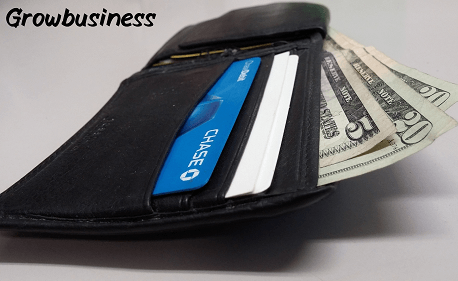China Business Card Template
China Business Card Template: A Guide to Cultural and Professional Etiquette
Business Card:
In the present globalized world, business cards are one of the most essential professional tools. Although a business card is a universal norm, the design, its content, and the means of exchanging them can vary significantly from one country to another. For instance, in China, the business card is not just the contact details, but it has significance from a cultural perspective and comes as a first impression of professionalism, respect, and credibility.

This article explores the design and features of a China business card template as well as answers common questions about business card etiquette in China.
What Makes a China Business Card Template Unique?
Business Card:
In China, business cards are used not only to provide contact information but also to establish trust and rapport. One has to consider cultural preferences, language, and design aesthetics when developing or designing a business card to be used in China.
1. Two-Sided Design (Chinese and English):
The most common practice in China is to have business cards printed on both sides, one side in Chinese and the other in English or any other foreign language according to your business. The Chinese side should be in Simplified Chinese, which is the standard script used in mainland China. The English side caters to international clients and colleagues.
You also demonstrate respect for local culture as you would demonstrate readiness in both local and international business meetings. The existence of two languages on a card would also depict a standing as a professional individual or organization.
2. Font choices and Typography:
Business Card:

The fonts should be clean and readable. The Chinese characters used in the card should be simple and clear, avoiding overly stylized or traditional calligraphy fonts, which can be hard to read. The English font should complement the Chinese one in terms of style and size so that both sides of the card seem balanced.
3. Design and Color Palette:
In Chinese colors convey messages of good fortune and prosperity and respect. Thus, for example, red symbolizes auspiciousness. However, if gold or silver accent color is used, this refers to luxury, success, or professionalism.
Clean simple, minimalistic design will say much about professionalism. Use your discretion not to load too much text and/ or graphics that mean little to the card itself.
4. What to Say:
A Chinese business card should contain the following information,,
- Full name: The card must include the full name, preferably in the form where the surname or family name first appears followed by the given name or first name. Family names are held in a great deal of importance by the Chinese.
- Title/Position: State your professional title or position. This is much more important in Chinese business culture because of the respect given to hierarchy and rank.
- Company Name: Your company’s full name should be prominently displayed, preferably in both Chinese and English.
- Contact Information: Include your country code phone number, email address, and website of your company (if applicable). In China, people also add WeChat IDs. It is another very popular social media communication tool in China.
- Address: The physical address of your office or business headquarters.
5. Quality of Presentation and Material:
Chinese businesspeople expect high-quality paper stock for business cards. The material should be thick and sturdy, signifying your business’s credibility and status. Printing should be crisp, with embossing or foil stamping often added to enhance the look.
Five FAQs About China Business Cards:
Business Card:
1. Is it considered polite to present a business card with both hands in China?
Indeed, exchanging business cards with both hands is regarded as a sign of respect in the culture of doing business in China. If you are presenting your card, turn the Chinese side to the recipient so that they can read it right away. It’s a sign that you respect their status and value the meeting.
2. Do I have to put in my business card a Chinese name if I do not speak the language?
It is best to include your Chinese name if you have one. Many Chinese clients or colleagues will feel more comfortable using your Chinese name to refer to you in a business setting, which of course further creates rapport and trust. If you do not have a Chinese name, then it would be nice to have the transliteration of your name in Chinese characters on the card.
3. Can I distribute my cards to all attendees of a business meeting in China?
Business card etiquette in China is formal and you should only pass your cards to people you work directly with. Never hand out your too early in a conversation as that would be presumptuous. Make sure to exchange cards politely with those who hold higher positions first.
4. What should I do if another person’s is in Chinese, and I have no idea what it is?
It is perfectly okay to spend a minute or two going over the card itself. Be intrigued by casually flipping over it and then if you are still unsure, show polite interest by asking the role or company of him or her. Never just stuff someone’s card in a pocket immediately or try writing something on it in front of that person because that will look rude.
5. Can I give my business card as an e-version?
Though the world is making business cards go digital, in China, for face-to-face business, printed cards are still being used. An e-version seems less formal or informal in nature, especially at the early stages of the business, but after getting familiar, you may accept the contact information via WeChat or email.
Conclusion:
Business Card:

An exceptionally well-designed business in China is not something to simply exchange contact information; it is a flat necessity to develop business contacts. The observance of these tips, and listening with an attentive ear to what is expected in Chinese culture, could be the basis for making a long-lasting impression, good professional networking, and a successful stay in this country. The exchange often marks the beginning of establishing trust and respect in Chinese business culture; therefore, it’s worth investing some time and thought in designing and presenting your card.


